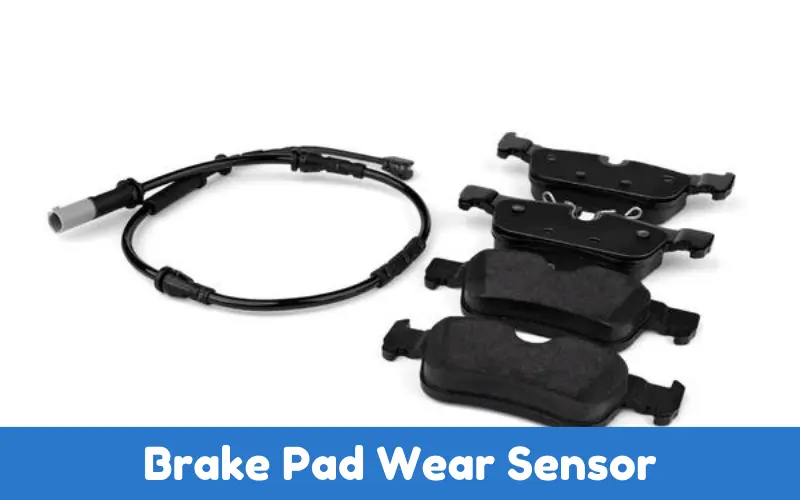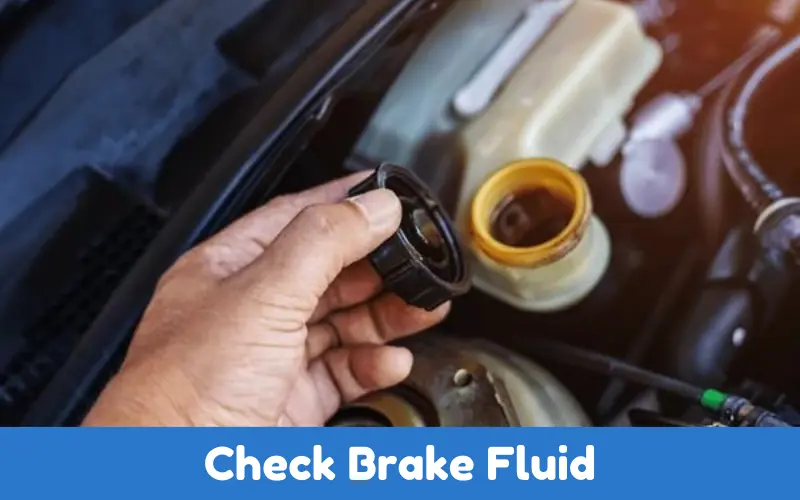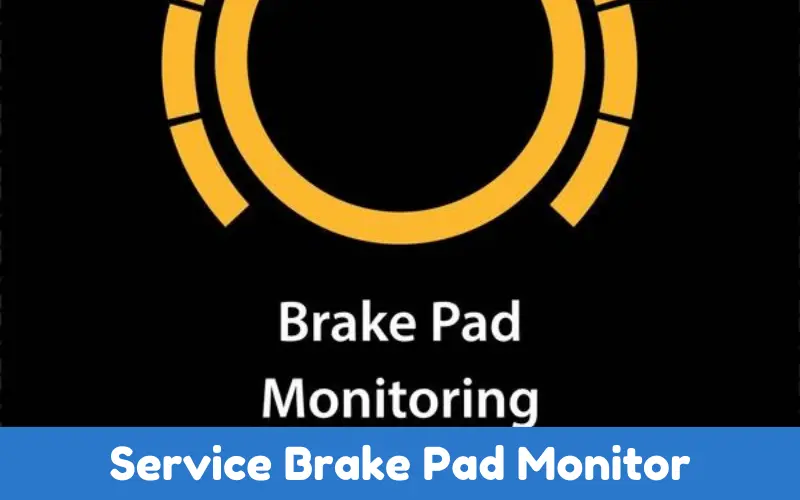The maintenance of your vehicle’s braking is very important to its performance and safety. Your vehicle may have a service brake pad monitor, and this monitor works with your brakes.
This blog is written to tell you what a service brake pad monitor is, how it works, and, of course, why it is an important component in the upkeep of your vehicle.
Topic Summary
What Does Service Brake Pad Monitor Mean?
A service brake pad monitor is a device that monitors the status of your vehicle’s brake pads.
Brake pads are an essential component of your car’s braking system as they are directly involved in providing the required friction between your vehicle and the road when you need to slow down or stop.
How Does Brake Pad Monitor Work?
The service brake pad monitor typically works in one of two ways:
Brake Pad Wear Sensor
Most modern vehicles are fitted with a brake pad wear sensor. This sensor is mounted to the brake pad and is set up to activate a warning light on your dash when the pads are down to a critical amount of material.

When the sensor detects the thickness of the pad has fallen to a level below the minimum required, it signals your vehicle’s onboard computer, which causes the warning light to come on.
Brake Pad Monitoring System
Super systems could have an electronic monitoring feature that estimates the progress of your brake pads and their wear.
The vehicle can receive and process data such as front brake pad wear using sensors and algorithms in order to give you various levels of real time updates about your brake pads.
This could include even more localized service information such as front left brake pad.
Why is the Brake Pad Monitor Important?
Brake pad monitor is important for a car. The causes are given below:
Safety
The primary reason you might have a brake pad monitor is that it helps to keep you and your passengers safe. A vehicle with worn brake pads reduces stopping distance.
When the pads get worn too far down, the rotors might be damaged. The pad monitor helps you fix the pads before they become a safety hazard.
Preventive Maintenance
Keeping an eye on these things can allow for proactive maintenance. If you get an alert that your brake pads are getting worn, you can change them before they wear the rotors or other costly components of the braking system.
Convenience
Let’s face it, regularly checking your brake pads when your car is on a mechanic’s lift that’s swinging from a high garage ceiling is not a fun experience, especially if you don’t already know how to do that stuff.
So, if you don’t want to have to buy a special mirror and climb under a car to judge whether or not you should have your pads replaced, or you simply just don’t know what to look for, this service brake pad monitor could definitely be helpful.
How To Fix Service Brake Pad Monitor Warning Light
When your brake pad monitor triggers a warning, it’s important to take action promptly:
1. Check The Brake Pads
Make an appointment with a trusted mechanic to get your brake pads checked as soon as possible. He/she will determine the amount of wear on the brake pads and might recommend a replacement.
2. Check Brake Fluid
Fluid at the recommended level is crucial for proper braking. Low levels of brake fluid might indicate leakage or other underlying issues.

3. Schedule a Replacement
But, if your brake pads are worn and they’re making that sound, you must replace your brakes right away. Get a good mechanic to do it and use good parts for optimal performance.
Can I Drive with Service Brake Pad Monitor Warning Light on?
Driving with this brake pad warning light on is not likely advisable. The brake pad warning light usually displays when your brake pads have worn to the minimum wear limit.
This will affect the brake performance for better or worse, depending on how much pad material is left.
You can still drive your vehicle with the brake pads to the wear limit, but there is always an increased risk of longer braking distances and brake failure, risking the safety hazard.
If the light is on, you should get your brake pads inspected as soon as possible and replaced by a qualified mechanic in order to avoid more extensive repairs to the brake system, such as damaged rotors.
You should also check your car’s manual for guidance on proper brake use. You want to make sure that your brakes are functioning as they should for safety reasons and because poor braking performance can affect your fuel economy.
FAQs About Service Brake Pad Monitors
What Does the Brake Pad Monitor Warning Light Mean?
The brake pad monitor warning light illuminates to alert you that the brake pads are worn out and need your attention. Once you see the lights come on, you will want to be sure to have them inspected and replaced soon. Braking with unusually thin pads is unsafe and not recommended.
How Often Should I Check My Brake Pads?
The brake pad monitor gives you a heads-up, but having your brake pads checked regularly as part of scheduled maintenance is a good idea, too. Usually, your brake pads are checked every 10,000 to 20,000 miles, depending on driving style and brake pad material. Follow the recommendations of your vehicle manufacturer and your mechanic.
Can I Drive If the Brake Pad Monitor Light is on?
Since you are putting your life and the lives of others at risk, it is not a good practice to continue driving with the brake pad monitor light on. Of course, you might still be able to maneuver the wheel. Still, you risk the intense deceleration caused by the compromised performance of your worn-out brake pads by not scheduling an appointment for your brake pads inspection and prompt replacement.
What Are the Signs That Brake Pads Need To Be Replaced?
Besides the ABS brake pad monitor warning light, other symptoms of wearing out of the brake pads are typical squeaking or grinding noises when applying the brakes, wobbling of the brake pedal, or longer braking distance. If you notice any of these symptoms, take the vehicle for a brake pad checkup as soon as possible.
How Much Does It Cost To Replace Brake Pads?
It varies depending on the type of vehicle you drive, the type of brake pads installed, and labor rates where you live. It will probably cost you between $100 and $300, including labor for a complete axle. Do your research and get a quote from a mechanic that you trust. Good maintenance is the best way to manage expenses and prevent problems from worsening.
Conclusion
The service brake pad monitor is an important tool that will prolong the safety and efficiency of your braking system.
Understanding how it works and responding on time to its alerts can keep your brakes in optimal condition and protect you and your passengers from danger along your travels.
Preventative maintenance and timely replacements based on monitor alerts can prevent dangerous driving conditions and costly repairs.

